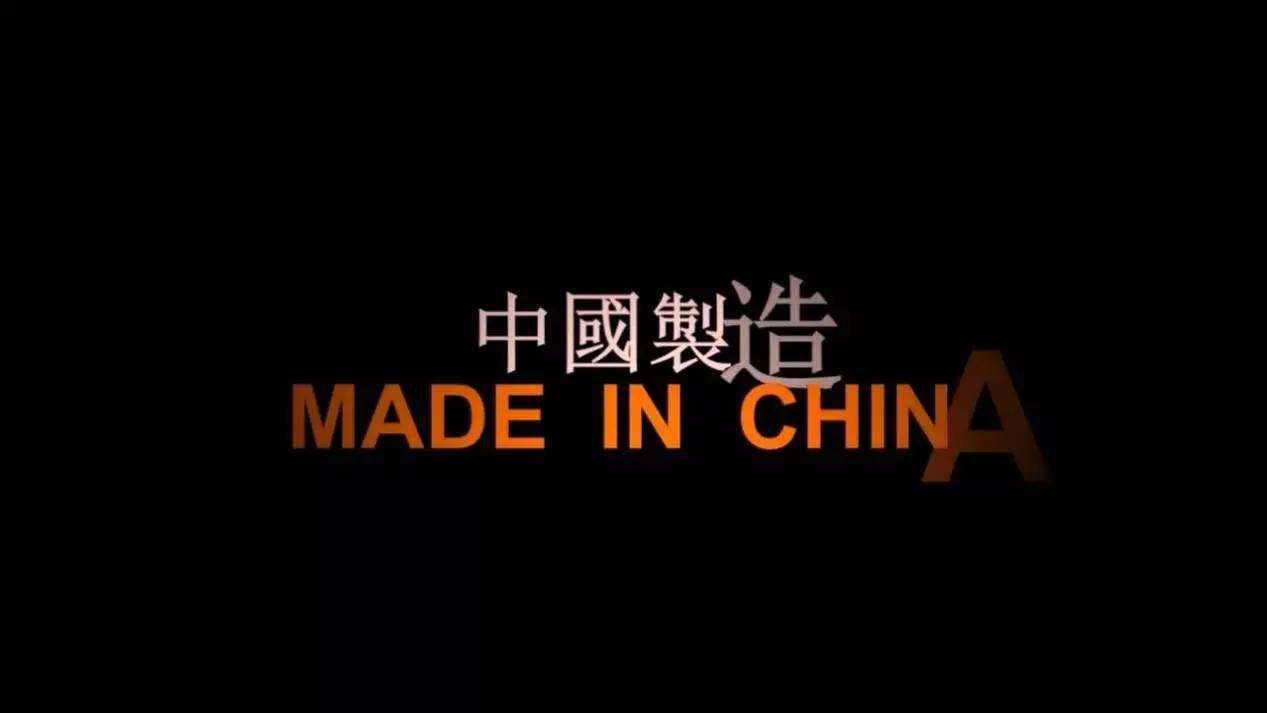Textile Wars: Will “Made in Italy” replace “Made in China”?

According to “Forbes” magazine, China’s fabric industry is a heavyweight player in the same industry, accounting for more than60%. Cotton fabric output is relatively low, but it still accounts for more than20%of cotton fabric output. Share,2016ranked only behind India. However, with rising costs in China and continued technological and distribution advantages elsewhere, the trend is changing.
Recently, a European workwear manufacturer decided to purchase wool from Italy instead of China. The decision is a sign that times are changing. For China, the impact of changes in general trends is quite obvious.
It’s not a novelty
This is not necessarily a new trend. Even in the fabric industry, it is no longer a novelty that China is no longer the first choice destination for new investment. For example, about a year ago, we heard a story about the Chinese investing in a cotton fabric finishing business in Southern California. This story illustrates that low energy costs in the United States make deploying finishing equipment in the United States a worthwhile endeavor. There is more than one reason driving Chinese investors’ investment decisions, but the story highlights a welcome further integration of Chinese investment into supply chains and signals a yearning for a rebalancing.
The details of this story are really about energy costs and raw materials. Labor costs in Southern California are higher than in China, but no longer so high as to discourage investors. To be fair, although the big flow has been towards Southeast Asia, and a particularly large number of Chinese manufacturers are still looking for lower labor costs, this investment is an integral part of the offshore production model of China’s fabric industry.
Quality is important
Facts show that when making investment decisions, Chinese investors no longer only consider cost factors. Some European workwear companies choose to purchase from Italy, not only because Italian chemical fiber manufacturers are closer and transportation costs are cheaper, but also because the time between orders and sales is shortened. In fast-moving fashion, this is important.
Quality is also an important reason, according to Reuters. When the cost gap is particularly significant, quality may not be so important. However, if overall costs are comparable, quality should be the deciding factor in a company’s purchasing decision. If Chinese manufacturers produce relatively low-quality fabrics, they may lose competitiveness when labor cost conditions worsen.
Climbing the value chain?
Facts show that China’s strong aspirations do not match the reality. From a macro perspective, China has been working its way up the value chain for years to capture the higher-tech components of the supply chain. At the same time, in order to meet the demand for cheaper labor, China deployed low-value fabric industries in Southeast Asia. But now, as domestic costs in China rise further, the country’s producers are finding more competition from older, higher-quality production centers such as Italy.
Fabric product manufacturing is considered a small part of the industry. If China is unable to climb the value chain of supply to the fabric industry, then concerns about whether Chinese producers can climb the value chain of overall supply will intensify.
AAASDFERHYTJTI
Disclaimer:
Disclaimer: Some of the texts, pictures, audios, and videos of some articles published on this site are from the Internet and do not represent the views of this site. The copyrights belong to the original authors. If you find that the information reproduced on this website infringes upon your rights, please contact us and we will change or delete it as soon as possible.
AA





